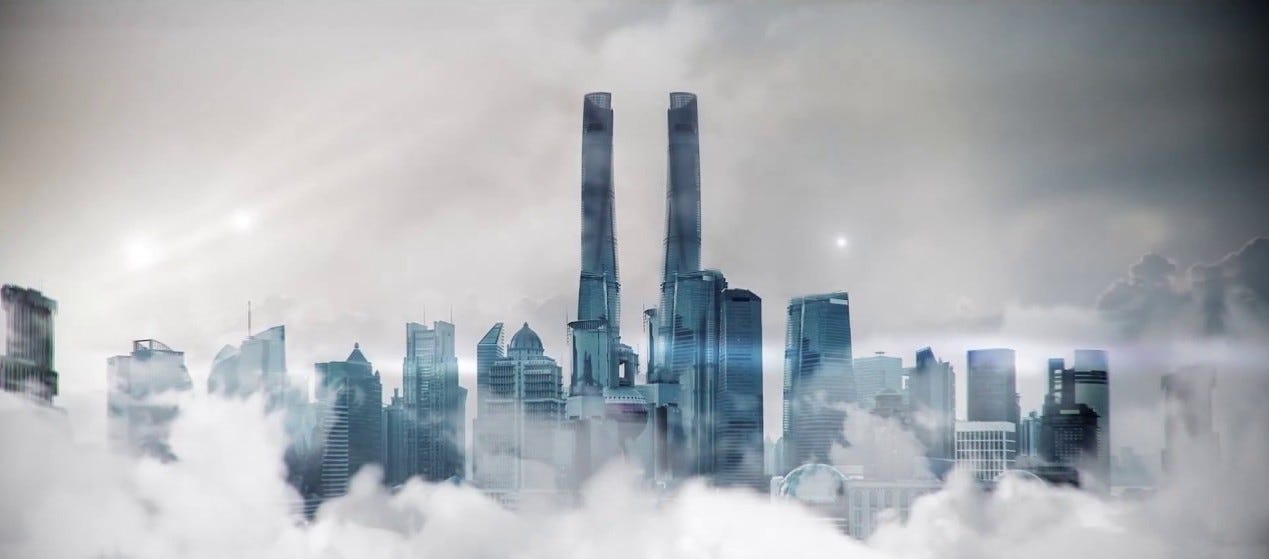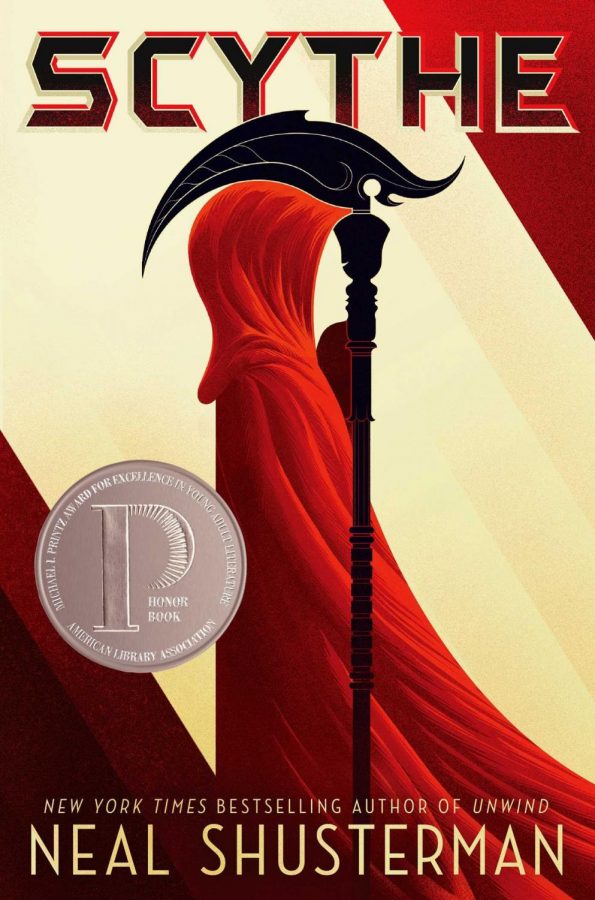 | ||
| Dystopian Environment https://miro.medium.com/max/2538/1*0JTDz8Nf3EofOXwVmSe06w.jpeg
Dystopias are structured environments or societies that are detrimental, undesirable, and often murderous. Dystopian literature, especially in science fiction, is becoming increasingly popular with the release of books and series such as The Hunger Games, Divergent, Arc of a Scythe, The Road, and Ready Player One. Every fictitious dystopia appears differently in literature; however, certain themes and characteristics rear their ugly heads in many dystopian societies and environments. For example, death is extremely common, both of the environment and of various characters. In addition, there is often some semblance of religion, or purposeful lack thereof.
Dystopians are particularly fascinating because they often begin as attempted utopias, which are the complete opposite of dystopias. For example, the dystopian society described in The Giver was originally dreamt up by the characters as a new utopia, a new age in which life was perfect. However, their utopia was quickly shattered and the control over others was not only realized, but pushed back against. Similarly, in the novel Scythe by Neal Shusterman, the Scythedom is established in order to continue with a newfound human immortality.
When do utopias stop being utopias and become dystopias? Were they ever really utopias to begin with if they are so easily turned into dystopias? Can people within these societies be happy if they are ignorant of the true flaws and corruptions within the utopian structure? For example, in Scythe, the people outside of the Scythedom are blissfully unaware of the controversies and corruption within the Scythedom, and as a result, they truly do not have all of the information. Does this mean that they're happy anyway? When is ignorance blissful, and when is it detrimental? Can a society be utopian if it was founded on lies, as was the case with the Scythedom?
All of these questions are ones that I want to answer in my final creative/visual project for this course. I want to address the tensions between utopias and dystopias, as well as how knowledge plays a role. This was a huge theme in the Arc of a Scythe trilogy, especially with the development of the Thunderhead, an all-knowing Godlike figurehead with no corporeal form. In addition, I want to use my project to examine how justice/the law system, religion, and technology play a role in dystopian societies, specifically in the Scythe trilogy. In Arc of a Scythe, the Scythedom represents the justice system, the Tonists, and later the Toll figurehead, represent religion, and the Thunderhead itself represents technology. All three of these come head-to-head in this trilogy and are represented each by the title of on of the books, as seen below. Which concept holds more sway in the design of a dystopia? In the Scythe trilogy, it seems as if religion is not nearly as significant as either technology or the justice system- in fact, religion in this trilogy is mocked and seen as twisted from religion's original purposes. And the Thunderhead is described as Godlike- so in dystopias, does technology replace religion? I wonder if this could be part of the reason that dystopias so quickly fail and are corrupt from its inception.
|
Wednesday, April 8, 2020
Dystopian Project: Arc of a Scythe
Subscribe to:
Post Comments (Atom)


No comments:
Post a Comment